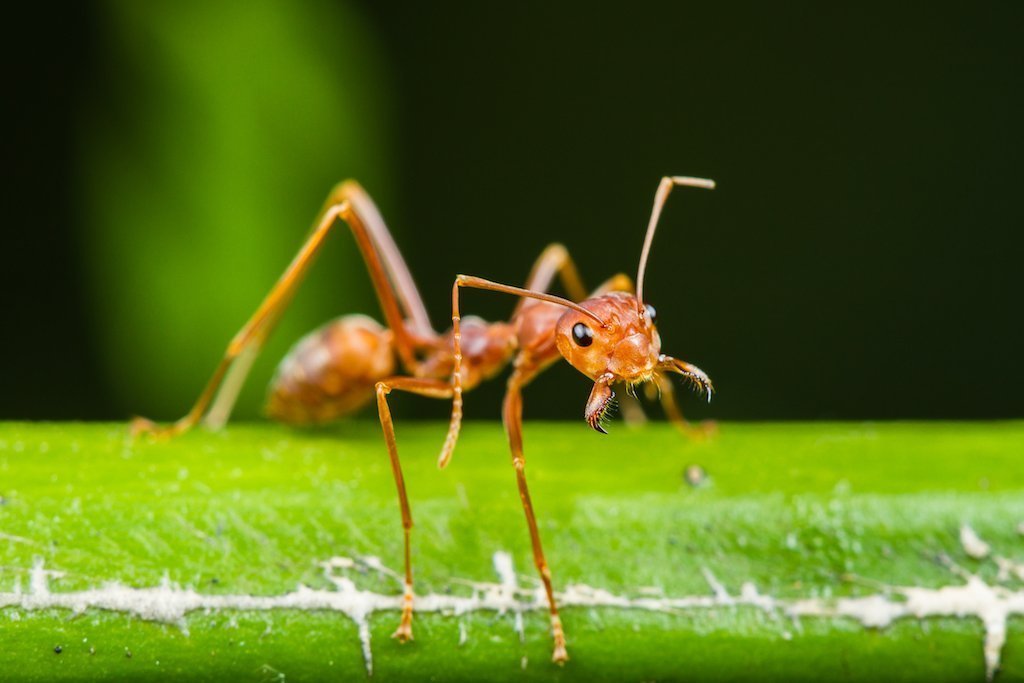
Ant insect Facts, FAQs, Behaviour, Habitat, Conservation and more
Ant insect Facts | Description | Distribution and Habitat | Conservation | Behaviour and Ecology…







Improve your English Vocabulary with Daily English Words to Learn English words and improve your Vocabulary and sentences with our Daily Vocabulary words and meanings

Why Maha Shivaratri is Celebrated? Maha Shivaratri: The Great Night of Lord Shiva – A Complete Guide Introduction to Maha Shivaratri Maha Shivaratri, meaning “The Great Night of Lord Shiva,” is one of the most sacred Hindu festivals dedicated to Lord Shiva, the supreme deity of destruction and transformation. This festival holds deep spiritual significance…

MAKAR SANKRANTI – AN INDIAN FESTIVAL Makar Sankranti is a significant festival in India, celebrated on 14th January each year to mark the transition of the Sun into the Capricorn (Makara) zodiac sign, heralding the end of the winter solstice and the beginning of longer days. It holds both mythological and scientific importance and is…

Best Way To Improve Vocabulary with Daily English Words to Learn English words and improve your Vocabulary and sentences with our Daily Vocabulary words and meanings

Daily English Vocabulary to Improve your English Vocabulary with Daily English Words to Learn English words and improve your Vocabulary and sentences with our Daily Vocabulary words and meanings

Expand Your Vocabulary with Daily English Words to Improve your English Vocabulary and Learn English words to improve your Vocabulary and sentences with our Daily Vocabulary words and meanings

Vocab Builder With 10 Daily English Words to Improve your English Vocabulary and Learn English words to improve your Vocabulary and sentences with our Daily Vocabulary words and meanings

Vocabulary For Beginners to Improve your English Vocabulary with Daily English Words to Learn English words and improve your Vocabulary and sentences with our Daily Vocabulary words and meanings

Vocabulary For Spoken English to Improve your English Vocabulary with Daily English Words to Learn English words and improve your Vocabulary and sentences with our Daily Vocabulary words and meanings

Professional Vocabulary To Improve your English Vocabulary with Daily English Words to Learn English words and improve your Vocabulary and sentences with our Daily Vocabulary words and meanings

100 Basic English Words For Beginners to Improve your English Vocabulary with Daily English Words to Learn English words and improve your Vocabulary and sentences with our Daily Vocabulary words and meanings